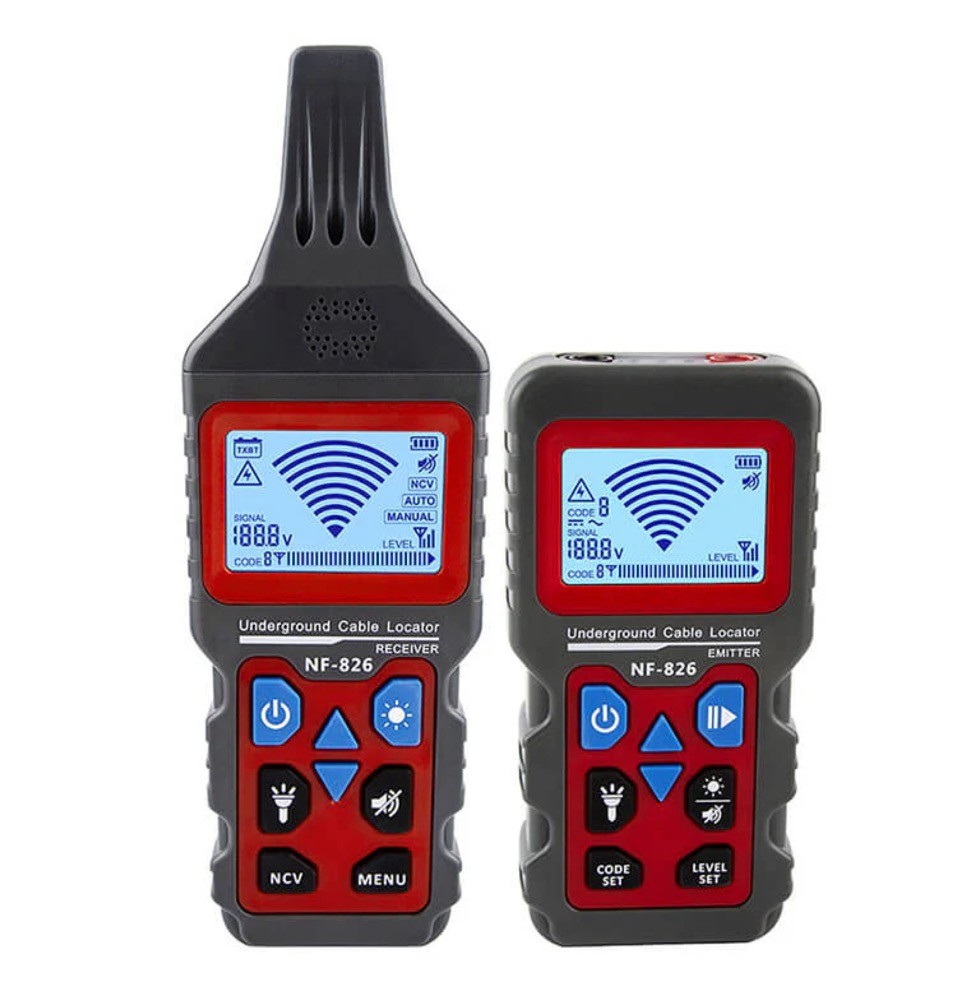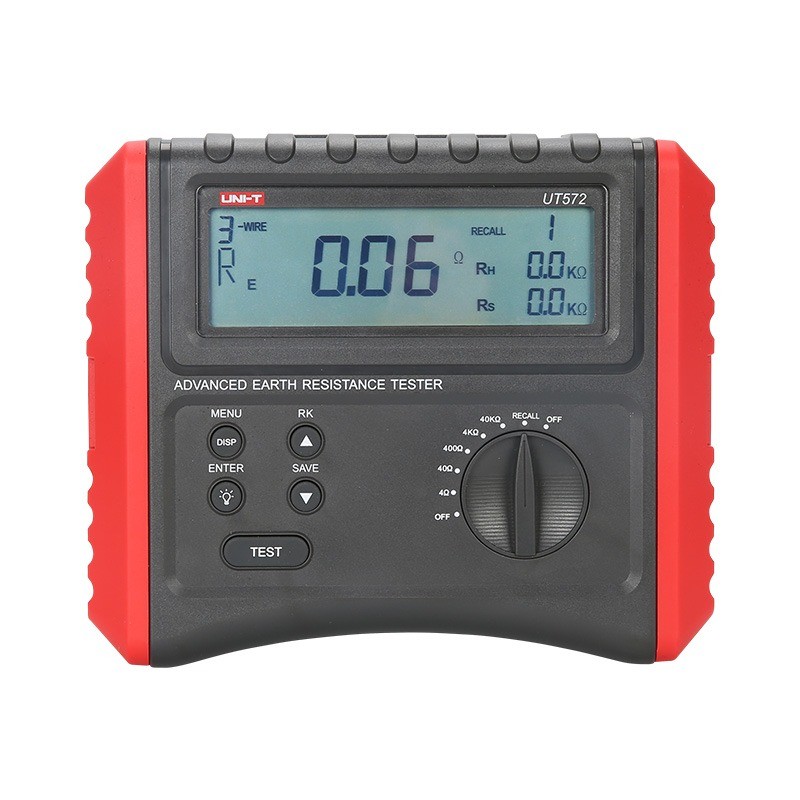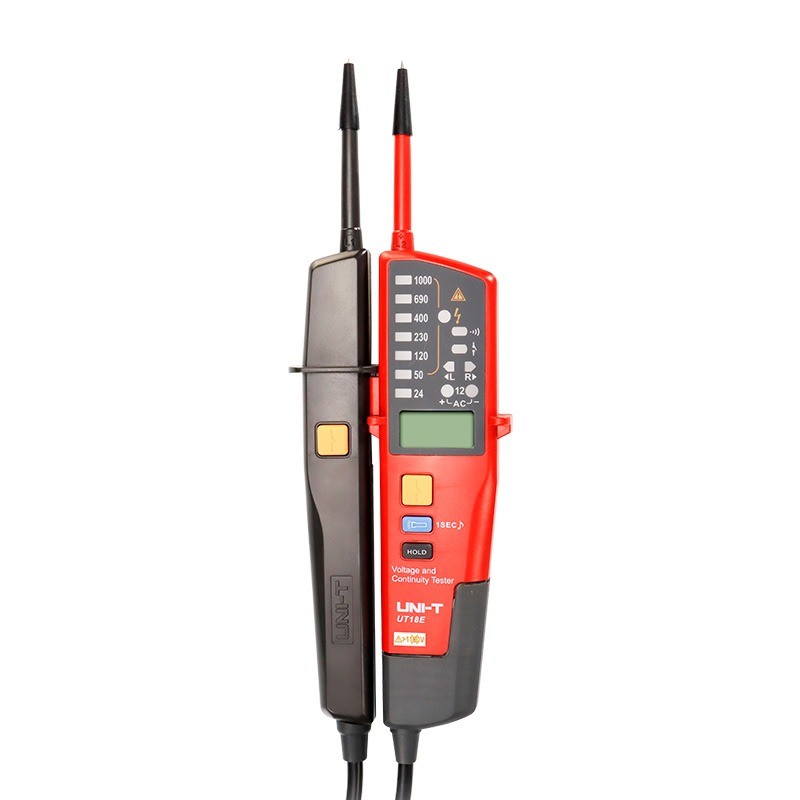| Brand | Wone |
| Model NO. | UT523A Handheld Resistance Voltage Intelligent Grounding Resistance Tester Multi-Function Test Insulation Resistance Meter |
| Earth resistance | 200Ω~1999Ω |
| Soil resistivity | 99.99kΩm |
| Earth voltage | AC 0.00~750V |
| Series | GRM |
Description
UT523A intelligent grounding resistance tester is specially designed and manufactured for on-site measurement of grounding resistance, soil resistivity, grounding voltage and AC voltage. It adopts the latest digital and micro-processing technology, precise 4-wire method, 3-wire method and simple 2-wire method.
Feature
Precise 4-wire method, 3-wire method and simple 2-wire method to measure ground resistance,
ground resistance
Soil resistivity
ground voltage
AC voltage measurement
Specifications




How is ground resistance measured?










